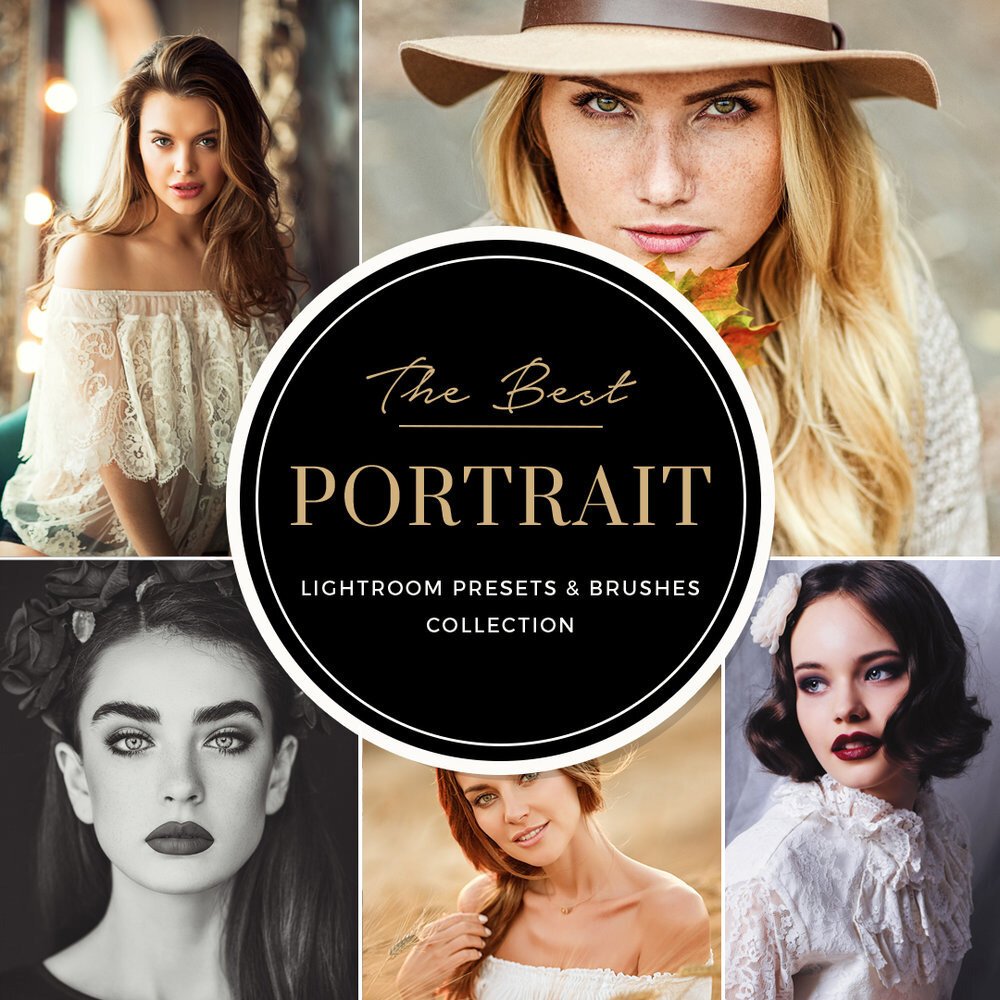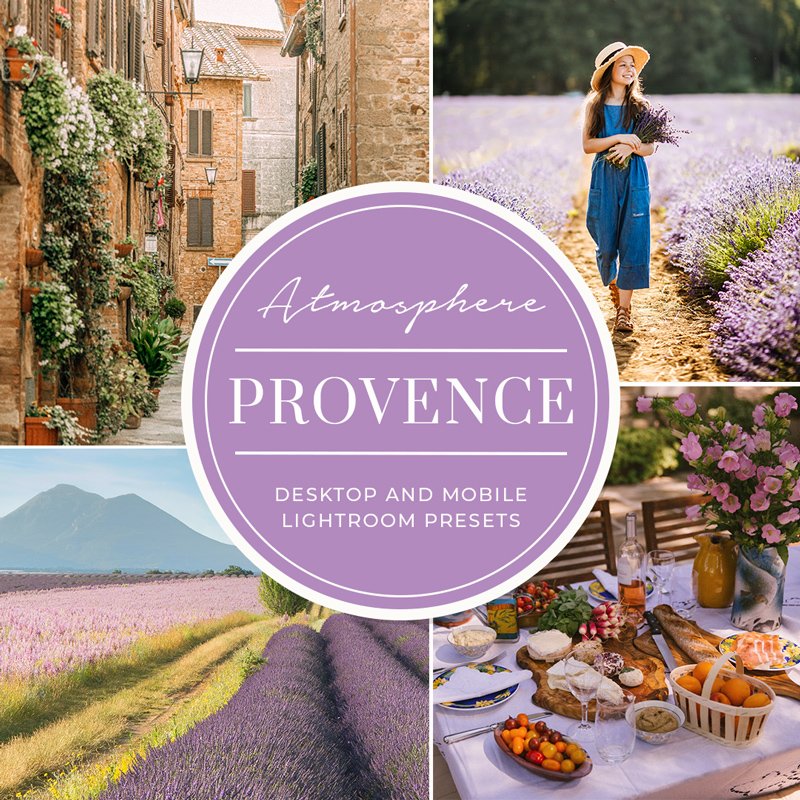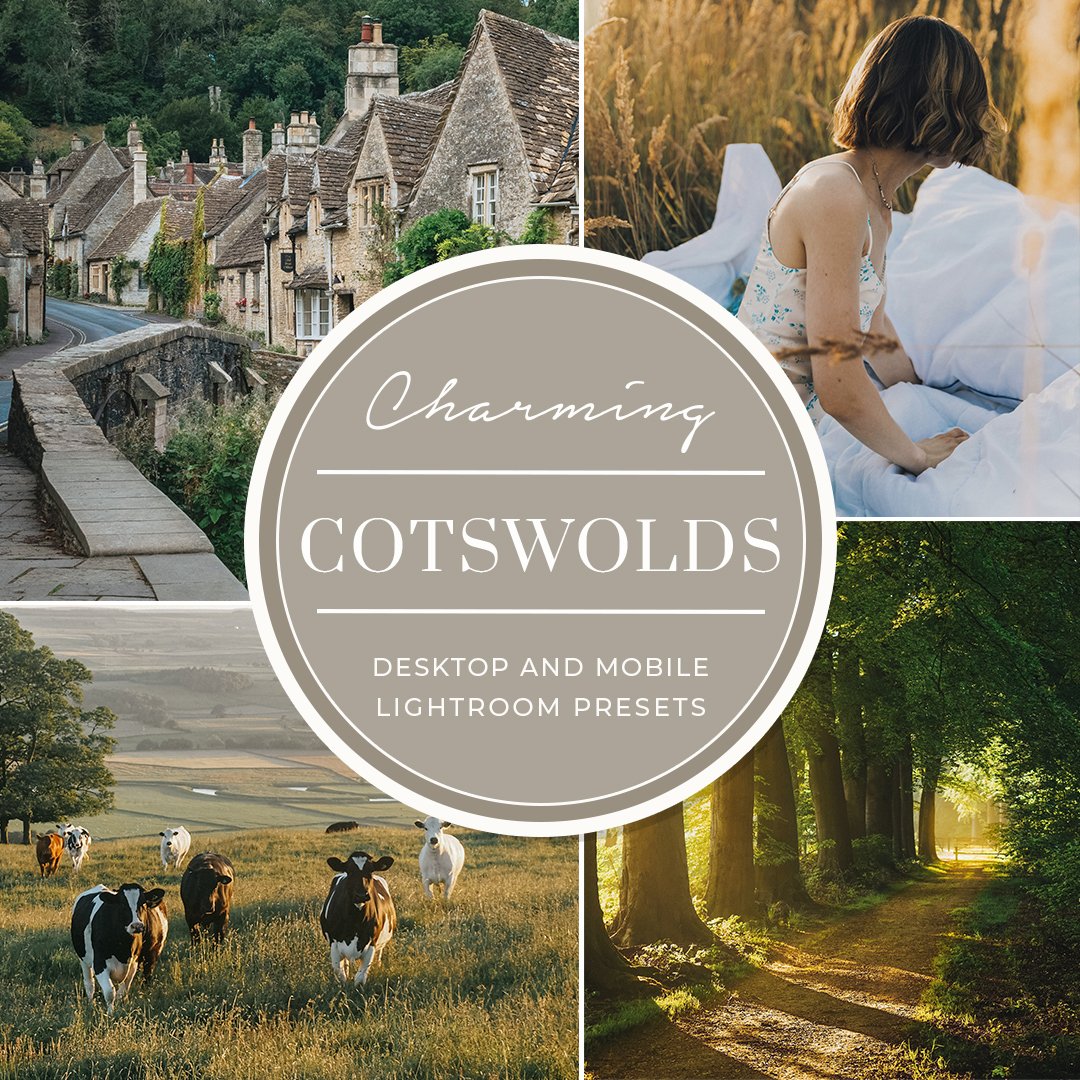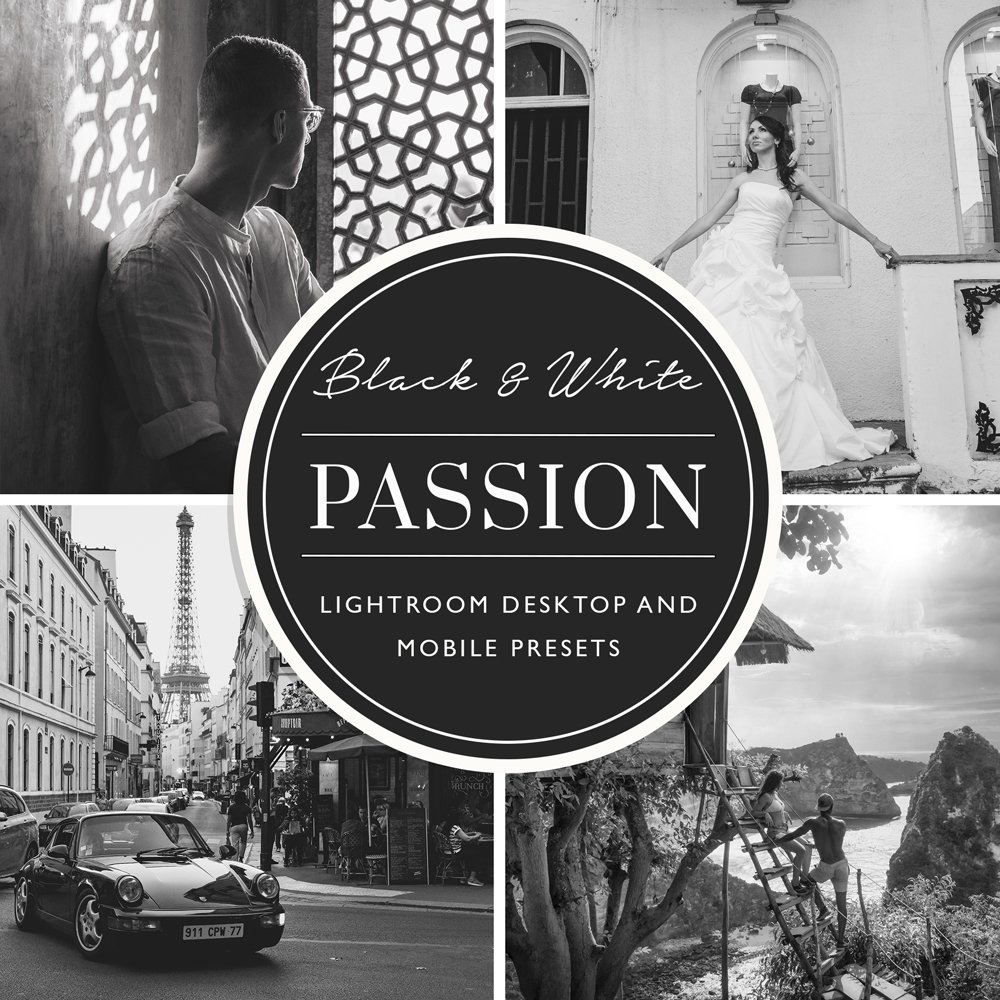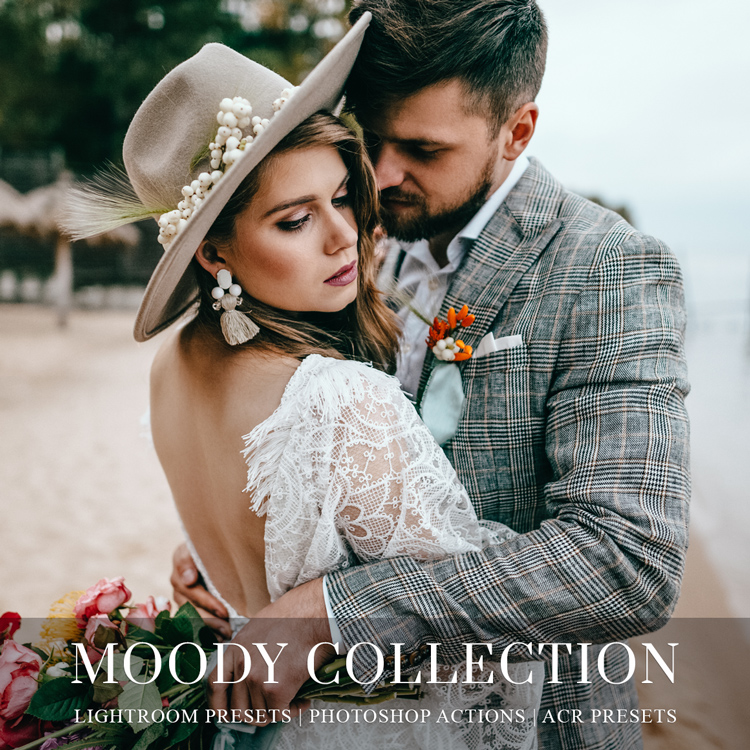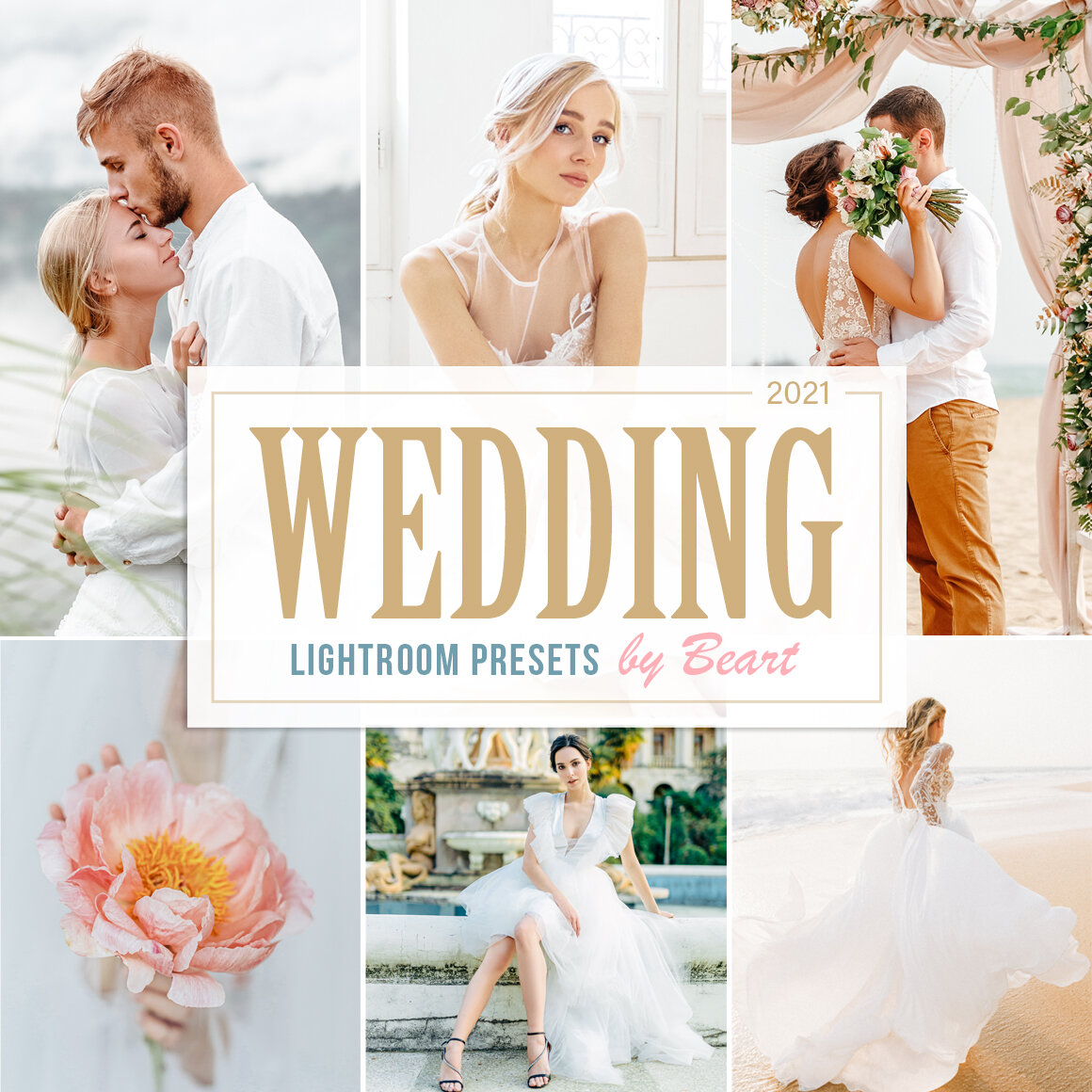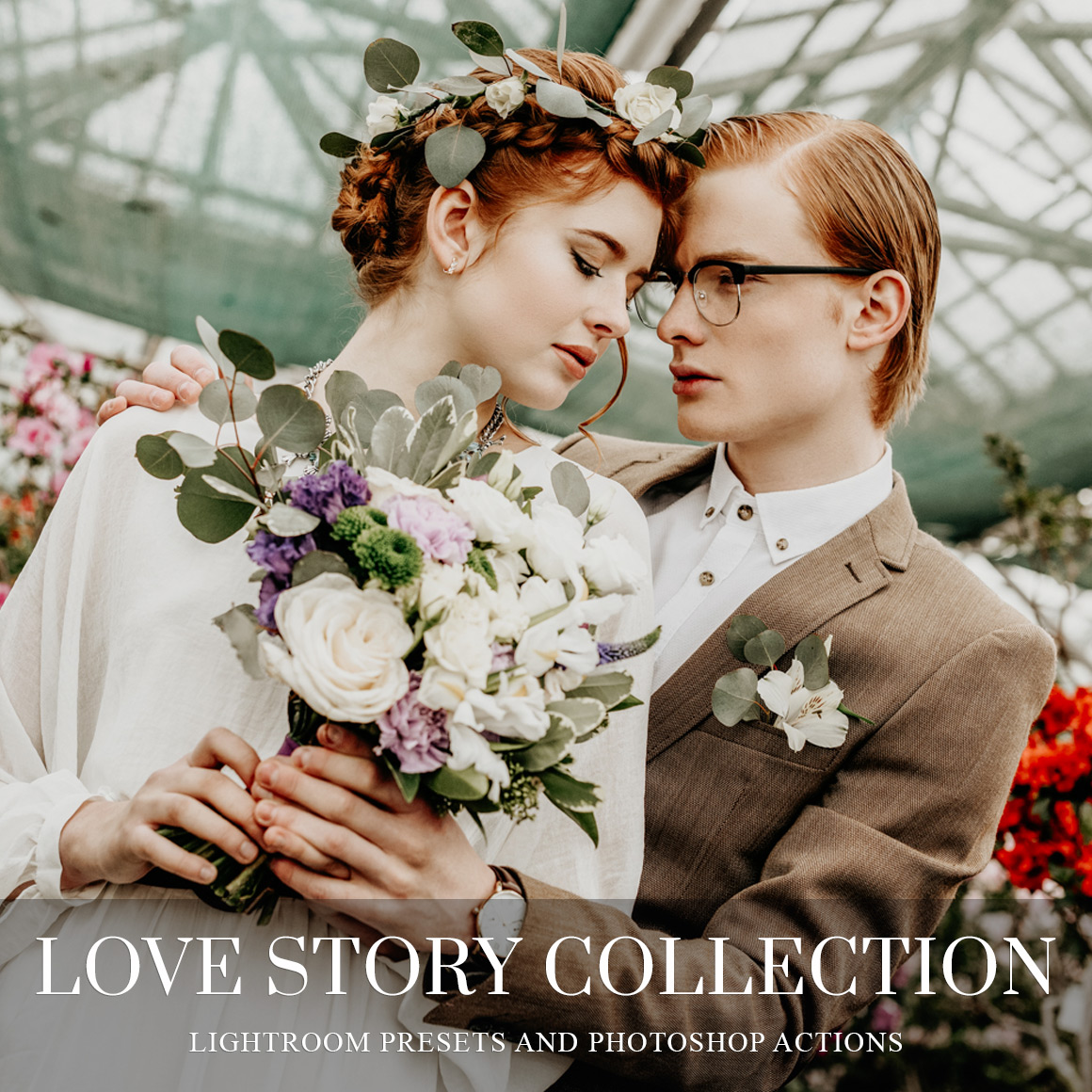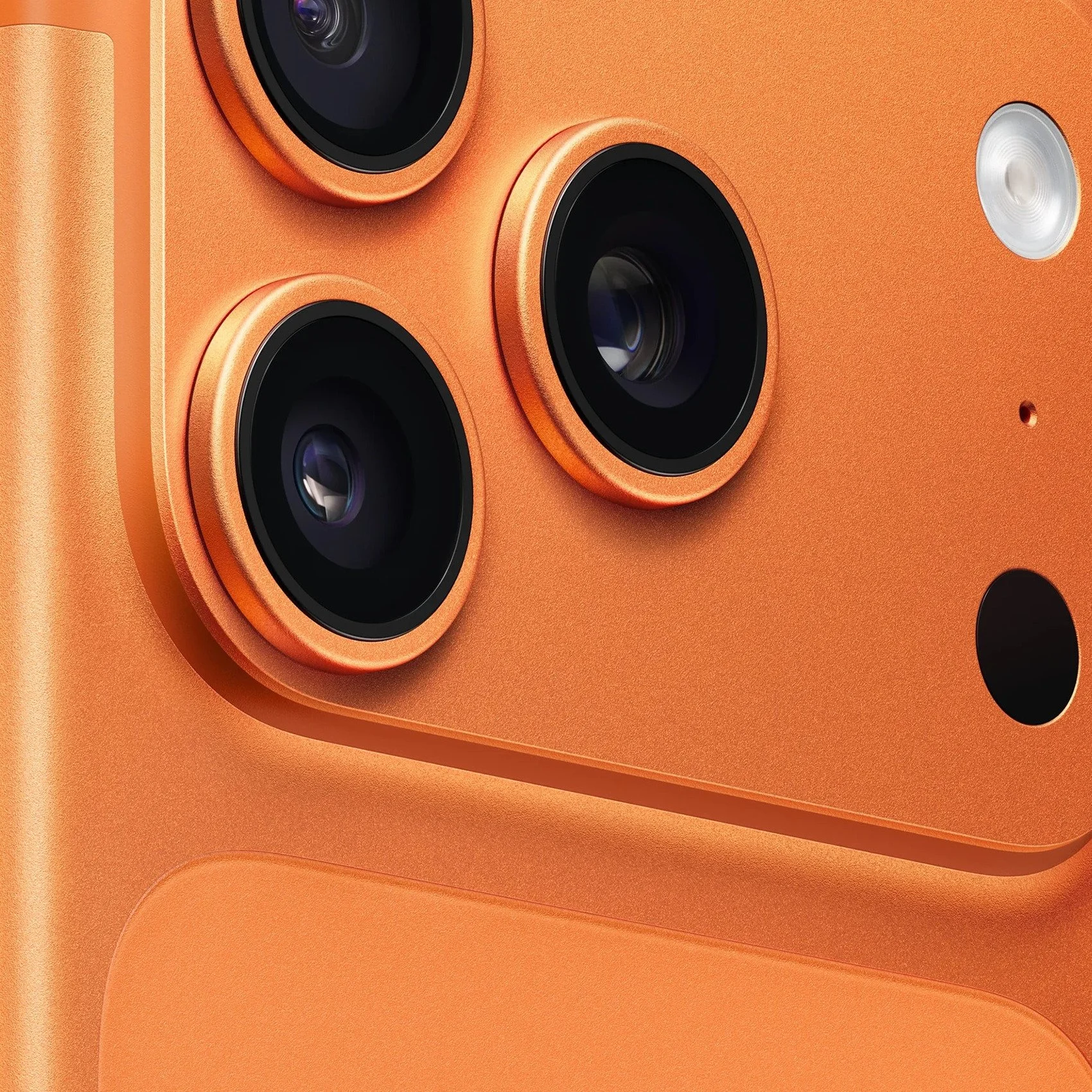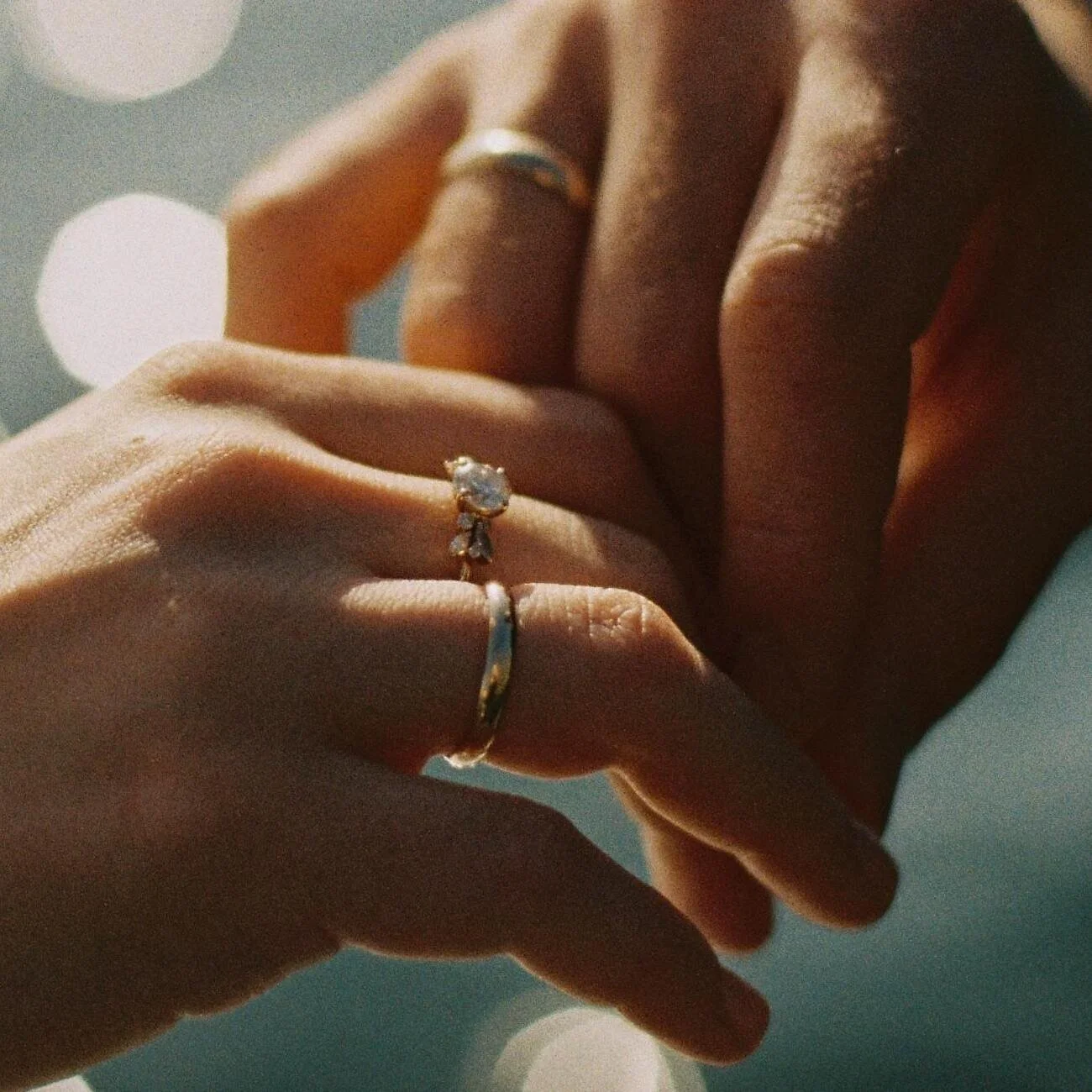Here’s How Inclusive Photography Can Help Break Stereotypes
Photography is a highly evolving field, wherein subtle and transformative shifts happen now and then. Perhaps the most radical change has been one where inclusivity has become a priority.
This emerges from a deep understanding of how beauty exists in countless forms. Its essence goes beyond limitations like age, gender, ethnicity, and ability. Brands are embracing this narrative and portraying beautiful models, albeit not in the conventional way.
Inclusivity in photography has become the need of the hour. This article will discuss how to break stereotypes using the power of inclusive photography.
Time to Challenge Long-Standing Beauty Stereotypes
For a long time, we’ve observed a certain kind of beauty being pushed by the media. We are all aware of this as the word ‘beauty’ itself evokes certain kinds of emotions in our minds. Those who do not match the established standards of beauty are undoubtedly left hurting and doubting their self-worth.
Photographers have a powerful tool in their hands that can be used to promote what is known as diversity in beauty. These professionals have been raising their voices for concerns like environmental pollution and gender inequalities through visual storytelling.
This is another story that needs to be told, especially to future generations so we can see a visible change. Brands need to do so to meet evolving customer expectations.
Forbes discusses the importance of inclusivity in beauty marketing. Social media has made it possible for the modern consumer to find brands that align with their values. Many will boycott companies that do not make diversity a priority.
Customers are not looking for brands that commit to inclusivity out of mere obligation. They crave authenticity, which means beauty companies must believe in the meaningful impact of inclusive photography.
A prime example is that of Halle Bailey’s role as Ariel in The Little Mermaid. Young girls from the Black community found this empowering, stating that they could break barriers of exclusion. Now, that speaks volumes about how photographers can change narratives, especially when done the right way.
4 Ways to Embrace Inclusive Photography
The commercial photography market is currently generating billions of dollars, expected to become $6.2 billion by the end of 2032.
This modern tool can increase brand awareness and enhance business image, provided used the proper way. In a world where customers are craving diversity, brands need to keep that at the forefront. Here are ways to do so.
Showcasing Natural Hair and Textures
For decades, we’ve been accustomed to associating the ideal hair with Eurocentric beauty standards. In other words, straight golden hair was seen as the norm, excluding those with textured hair.
Those with tightly coiled locks faced the greatest pressure to conform. Many women had to resort to aggressive styling techniques just to make their locks ‘more manageable.’ The styling methods also damaged natural hair textures.
Such a trend was not only toxic because it undermined personal identity but also because it promoted harmful beauty standards. As per TorHoerman Law, alarming concerns have been raised regarding the health risks of hair straighteners. There's an increased risk of breast and uterine cancers among women who use chemical hair relaxers frequently.
Manufacturers like L’Oreal and Revlon have been sued for causing such injuries. The hair straightener lawsuit also alleges that these companies failed to warn the public, despite being aware of potential risks. Affected women are seeking compensation for expensive medical costs, lost wages, and emotional trauma that followed their diagnoses.
Inclusive photoshoots that showcase hair in all its natural glory (be it dreadlocks or waves) empower women to celebrate their unique beauty. The aim is to not make each model’s hair conform to a certain beauty standard but to simply enhance natural features.
Calibrating Lighting Techniques for All Skin Tones
Just like coiled, darker hair was excluded in traditional beauty shoots, melanin was also seen as the enemy. Historically, lighting techniques in brand photography have been calibrated for lighter skin tones.
As pale complexions with pink undertones became the norm, those with darker complexions were pushed aside. EL PAIS talks about the racial bias that people of color have experienced since the advent of color films.
The full spectrum of yellow, red, and brown skin tones was not traditionally captured. As a result, millions of folks appeared blurred in photographs due to overtly dark images. The shocking part is that African-American photographers remained in the dark for years.
They believed such images were a result of their inadequacies rather than defects in the equipment. The scenario is gradually changing as modern photographers are using advanced lighting techniques to display the depth and richness of all skin tones.
Transcending the Confines of Youth
It seems like society had become largely ageist, as people were obsessed with youthful glow and beauty. Grey hairs were no longer seen as a crown of glory and wrinkles lost their value as marks of wisdom.
This was the result of representing only younger models in runway shows. Thankfully, such ageist beauty standards have been challenged by modern photographers. The New York Times shares how 20 of the top fashion shows in Paris and Milan featured at least one older model.
By that, we do not mean older in terms of conventional fashion parlance (which would be 25 years). Some of the models were as advanced in age as 70 and 63 years. Such a move was initially deemed revolutionary, one that challenged the narrow definition of beauty.
However, more of this is needed because there's a rarer beauty found in lives fully lived. The same holds true when it comes to representing the ideal body shape. Photographers are challenging the convention of portraying only the ‘hourglass figure’ or the ‘lean and thin.’
Women of all shapes and sizes are finding plenty of room in a brand’s visual narrative. Moreover, real bodies are being showcased, without unnecessary airbrushing and skin smoothening. After all, the real is worth more than what's fake anyway.
Representing Disability With Dignity
Another sad aspect of belonging to a world obsessed with narrow-minded beauty is the severe under-representation of disabled models. Even when brands have showcased disability, it's been done using non-disabled models.
Again, the authenticity factor has been missing. No wonder a sense of inclusivity and acceptance is lacking in the modern world. The need of the hour is to strike a balance between minimizing and sensationalizing disability.
Photographers must consider studio accessibility and collaborations with models who use mobility aids. Organizations such as the Runway of Dreams are leading the way in this regard. They’re hosting inclusive fashion shows that feature people with disabilities.
They're all about celebrating personal differences and empowering people with disabilities. Efforts are even being made by educational institutions to enroll disabled fashion students. For instance, the Parsons School of Design has an exclusive fashion program for disabled students who share a passion for design.
Besides the four ways discussed in this article, a focus is needed on cultural nuances as well. This requires a deep respect for other cultures, their garments, traditions, and symbols. Authentic representation must include collaboration with cultural consultants to ensure a respectful representation of diversity.
Finally, the post-production process also matters since much of the retouching happens here. To ensure the beauty of inclusivity remains undisturbed, photographers need to prioritize the natural appearance of their subjects.
This means it's also time to say goodbye to excessive editing that alters the basic characteristics of an individual. Photographers must preserve hair textures, uneven skin tones, and other natural features of models. This is what will resonate with their audiences and portray a genuine commitment to authenticity.
Get Free Presets for Lightroom created by top photographers to update your presets collection, save down on editing time, and open up new artistic horizons.



